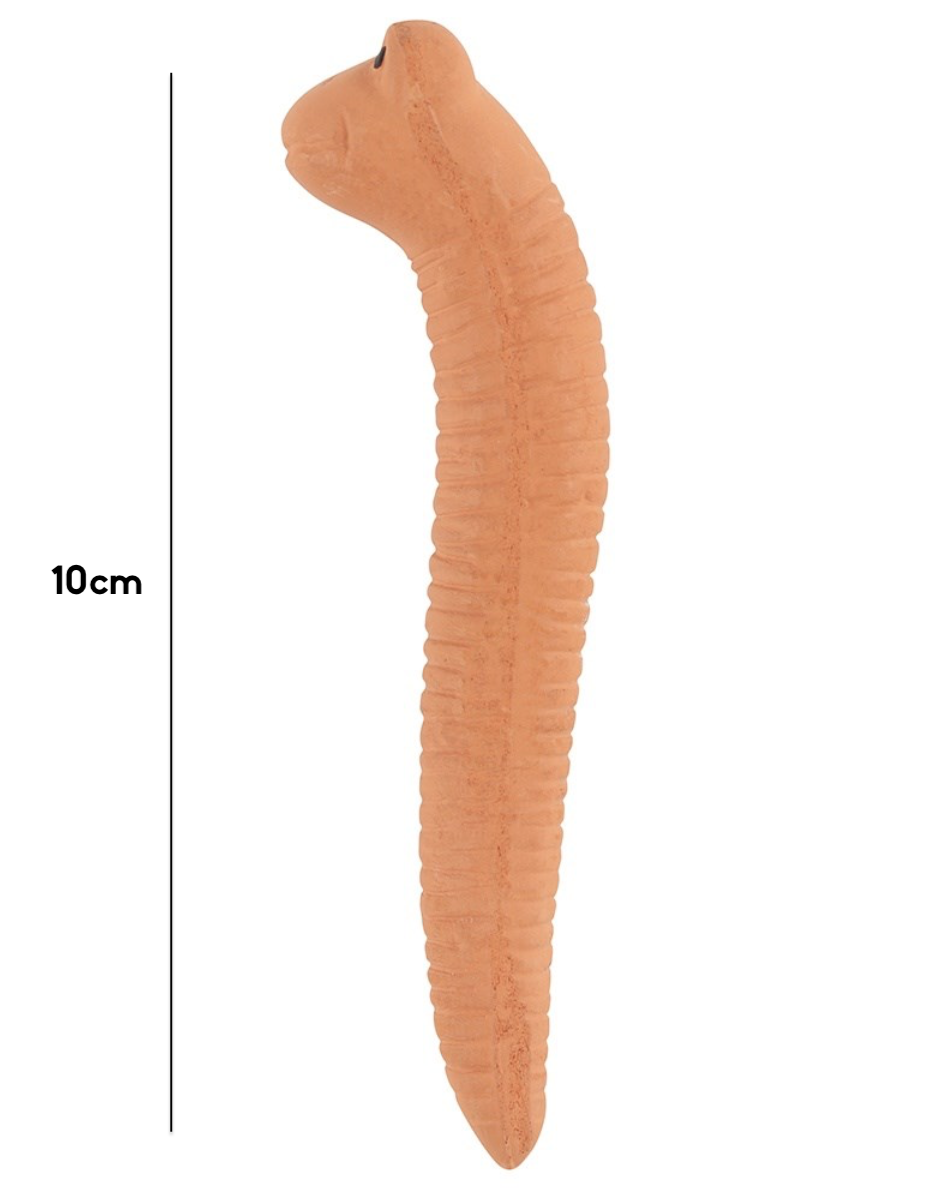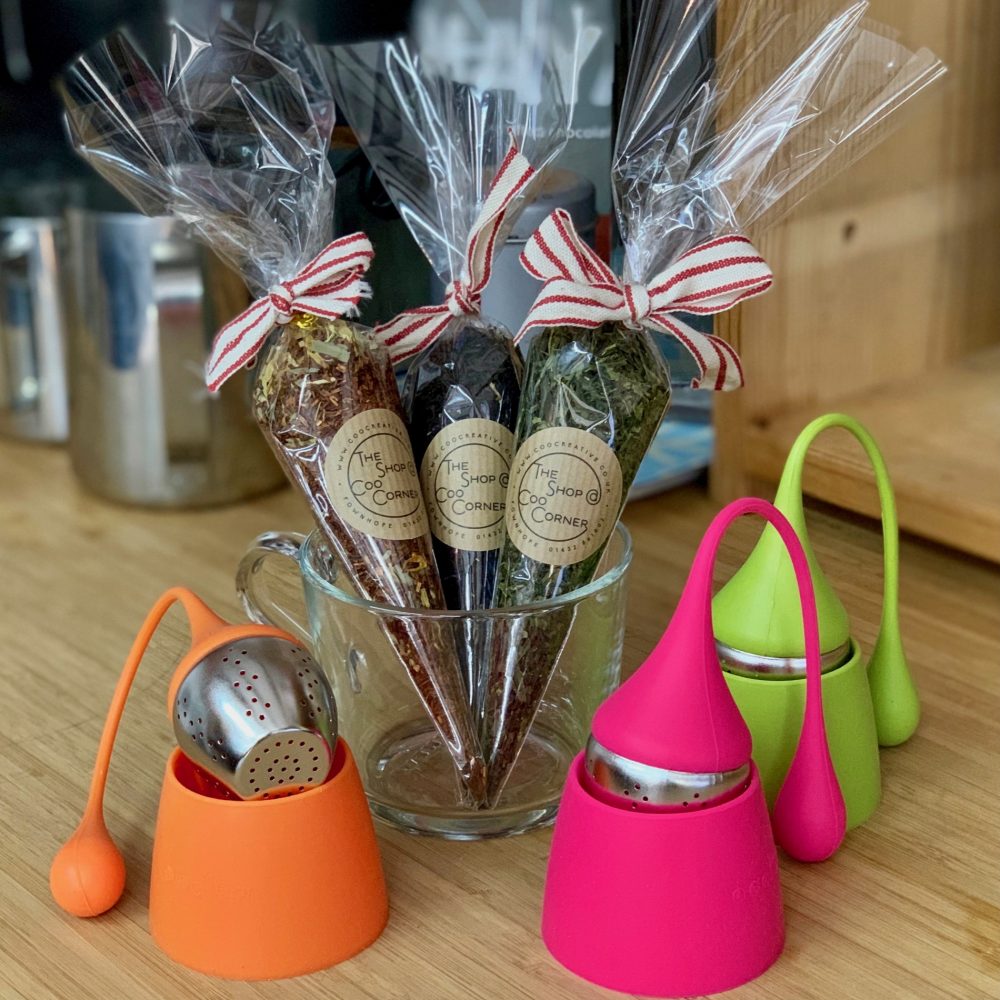Worm water sensor
Willy the Terracotta worm is on a mission to ensure that plants and flowers the world over remain well-watered.
His friendly face pokes out of the soil next to plants and vegetables and when well-watered he turns a darker shade.
As Willy and the soil start to dry out he changes to a lighter colour, letting gardeners know that it’s time to fetch the watering can.
We have 2 sizes now
H16cm x W3cm x D4cm
H10cm x W2cm x D2.5cm
Check out some top tips for your plant care here
All houseplants have slightly different watering requirements, depending on how they’re grown and changes in plant growth through the seasons. It’s best to water on an as-needed basis rather than by a set calendar schedule. In general, plants grown in well-drained potting mix in an appropriate-size container should be watered when the top 1/2 to 1 inch of soil feels dry. Cacti and succulents need less water; flowering plants usually need slightly more.
Overwatering is one of the most common causes of houseplant death. If you’re not sure how much to water, it’s better to err on the dry side than to give your plants too much moisture. And when you do water, avoid splashing onto leaves and stems, which can encourage diseases and leaf spotting.
Like watering, there’s not an easy rule to know how much to fertilize: It depends on the plant’s growth rate and age, and the time of year. Most houseplants put on a growth spurt in spring and summer, so this is the best time to fertilize them. During the short days of fall and winter, most houseplants don’t need much, if any, fertilizer. Follow label directions to know how much plant food to use.
Like overwatering, it’s important to avoid overfertilizing your houseplants. Too much fertilizer can burn their roots and stunt their growth. For flowering varieties, use a fertilizer in which the three numbers on the label (nitrogen, phosphorus, and potassium, respectively) are relatively equal. If the nitrogen content is too high, the plant may grow a lot of leaves, but few flowers. It’s also a good idea to use a fertilizer that includes micronutrients to avoid deficiencies.










Reviews
There are no reviews yet.